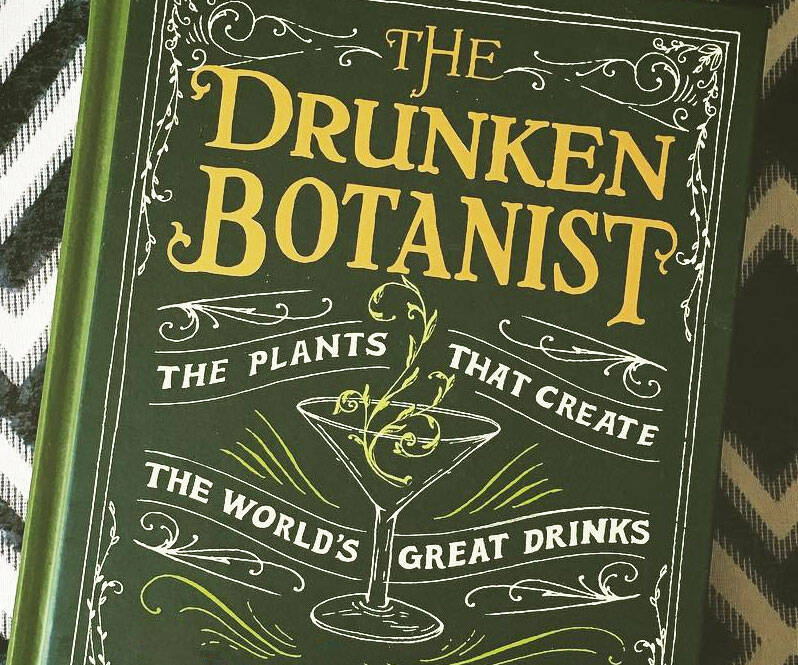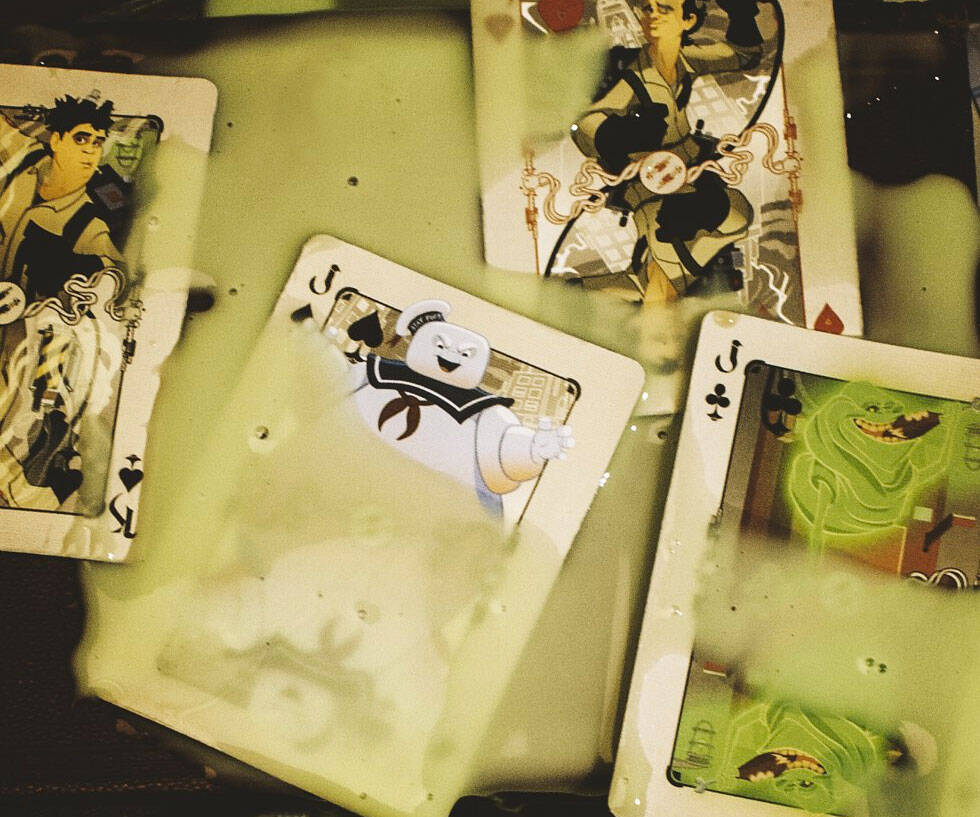The Drunken Botanist | |||||||||||||
| |||||||||||||
Product Description
The Essential, New York Times–Bestselling Guide to Botany and Booze
“A book that makes familiar drinks seem new again . . . Through this horticultural lens, a mixed drink becomes a cornucopia of plants.â€â€”NPR's Morning Edition
“Amy Stewart has a way of making gardening seem exciting, even a little dangerous.†—The New York Times
Sake began with a grain of rice. Scotch emerged from barley, tequila from agave, rum from sugarcane, bourbon from corn. Thirsty yet? In The Drunken Botanist, Amy Stewart explores the dizzying array of herbs, flowers, trees, fruits, and fungi that humans have, through ingenuity, inspiration, and sheer desperation, contrived to transform into alcohol over the centuries.
Of all the extraordinary and obscure plants that have been fermented and distilled, a few are dangerous, some are downright bizarre, and one is as ancient as dinosaurs—but each represents a unique cultural contribution to our global drinking traditions and our history.
This fascinating concoction of biology, chemistry, history, etymology, and mixology—with more than fifty drink recipes and growing tips for gardeners—will make you the most popular guest at any cocktail party.
Features
- Algonquin books
- Language: english
- Book - drunken botanist : the plants that create the world's great: the plants that create the world's great drinks
Top Reviews
My Kind of Triviaby Hansel de Sousa (5 out of 5 stars)
January 22, 2019
Lots and lots of minutiae to keep my grinning head spinning, and without the assistance of alcohol!
A few very minor points though:
Pg 73 "True yams are almost never sold in the U.S." No longer the case. Most ethnic groceries carry varieties of Dioscorea.
Pg 89 "Some millets are called broom-corn; the broom shape is an apt descriptor." Think broom-corn is so called because it's used to make brooms, not because of its shape.
Pg 120 Jackfruit. "When ripe, the fruit emits a foul odor from the rind.." Ripe jackfruit does not stink, but durian, which looks like a small jackfruit, certainly does.
I was a bit disappointed there is no mention of poncirus trifoliata which is hardy enough to be grown in most gardens in the US and bears a very aromatic fruit, which I'm told by a Korean, makes a good alcoholic infusion. And then there is Asimina triloba, Pawpaw, our largest native fruit, which makes a great liquor, available from at least half a dozen distilleries in the United States.
Fascinating Tour
by lilcreative (5 out of 5 stars)
May 18, 2017
Intriguing read. I dabble a bit in making bitters, limoncello, and various types of meads and honey wines, and this book provided a fascinating tour of the history of alcohol, while introducing other intriguing social facts, like how slave trade grew to harvest sugar for rum; there's also some wonderful recipes, a fantastic discussion on what defines a top shelf alcohol, and even a history of a number of plants discussed. If you geek out on science or history, or just like booze, you'll probably find something to love in this book.
The book ties together two of my favorite things-- botany and alcohol
by A. mack (5 out of 5 stars)
June 19, 2017
As an author, I wish I had written this book. I can not imagine a more enjoyable topic to research! The book ties together two of my favorite things-- botany and alcohol. Packed with interesting facts about things I've been putting in my stomach for years that I never knew before. Joking aside, it also provides a foundation to think more about why we like certain tastes, why drinks taste as they do, and the many ways that plant diversity enriches our lives.
Good informative book that makes you want to drink at any time of day.
by Amazon Customer (5 out of 5 stars)
January 31, 2018
This book is great, I've learned so much about alcohol and the plants used to make truly great drinks. Any hipster would appreciate learning about this hard to find drinks. Problem is I can't get further than a chapter in before I'm reaching for a drink.
Beware: you will find a new appreciation for good gin after reading this.
A charming, enjoyable, informative and useful addition to my bookshelf.
by Curious Epicure (5 out of 5 stars)
June 23, 2018
This is one of the most charming, informative and useful books I've read in long time. I love the author's writing style - concise, informative and fun - as much as I love the design, which makes me feel as though I've picked up a great find in an antique bookshop.
What could be more fun for a gardener than to plant some things in the garden from which one can create delicious things to imbibe after a long day of weeding? My interest initially went to creating elderflower concoctions, but then I kept turning the pages and now have more ideas for plants in my garden than I know what to do with.
I love this book.
It's a wonderful gift for a gardener. Or a cocktail fanatic. Or just about anyone.
What a fun book !!
by JeriOwl (5 out of 5 stars)
September 12, 2015
I'm NOT a heavy drinker by any stretch of the imagination considering I consume less than a dozen adult beverages a year, in fact I use far more liquor in my alcohol based cleaners and home DIY products but this is such a fun book! If you have any interest in the history and origins of vodka, gin, rum, whiskey and more, this is the absolute best book I've encountered. Tonic has quinine which is a well known muscle relaxer. Gin is made from juniper berries which is long known for their pain relieving properties, so it's safe to presume that once upon a time our ancestors knew that a gin and tonic was great as a pain-relieving muscle-relaxer.
The Drunken Botanist by Amy Stewart
by Jane Eyre (5 out of 5 stars)
April 7, 2017
I must admit, the sample page of the introduction was about gin which caught my interest. I am fond of a nice gin, but alas, these days, I am not able to imbibe. The book has recipes for many basic drinks, some, like the aforementioned gin, and some were novel to me. It is a dictionary-style compendium of history and facts of each type of alcohol and the beverages made with them, from various plant varieties around the world, various additives, and concoctions. Not so much a bartender's guide to mixology as more a source of interesting facts and background histories to spice up the conversation as the drinks are mixed. If I were still enjoying martinis with my old friends, it would be great fun to discuss this book. Even so, I still enjoyed the way the author presents the information in easy to read text about the botany. I also gathered some ideas for flavoring non-alcoholic sodas to broaden my beverage choices beyond iced tea and sparkling waters.
The Drunken Botanist: Purchased at Amazon.com
by dep (2 out of 5 stars)
December 10, 2018
When I first got this book I opened it up and looked at a page, my first thought was, boy does this look boring. Also, very confusing. Many of the pages are black printed on white, but the font is small. Some of the pages or parts of them are black printed on light green, others are black printed on dark green. I've never seen a book where I almost felt physically dizzy trying to read it. There are some very interesting facts in here, but I honestly don't have the energy to to try and get through this book.
A gem, hidden between two innocent covers ... try it, you'll like it!
by Big Daddy (4 out of 5 stars)
July 8, 2015
I like what I have found between the covers so far, as I have read about 40% or 50% of the book. An unusual book: the author writes with the authority of a life long academic but in an informal, somewhat irreverent style that belies the apparently totally authentic content. Even if you never mix another drink,or use the book to avoid drinking harmful concoctions, just the reading of Stewart's text is worth the price of admission. The historical content alone, is worth the price of purchase!
people will use just about anything to make an intoxicating drink!
by panda belle (4 out of 5 stars)
May 14, 2015
a fun, easy to read and informative book. fits right in with the series that began with Wicked Bugs, which i think was the first book, well written, although all books fall short because proofreaders aren't used anymore, but, the author or editor did a very good job and there were few grammar mistakes. the anecdotes and the information is presented in a manner that will make amaze and delight any reader who wants to touch on the subject of plants used by humans, and some animals, to intoxicate. proper and/or long forgotten recipes for great cocktails included! i do not imbibe much, but, some of the recipes included in the book are intriguing and enticing. someday i'll try one or two.
Customers Who Bought This Item Also Bought
- Cocktail Codex: Fundamentals, Formulas, Evolutions
- Wicked Bugs: The Louse That Conquered Napoleon's Army & Other Diabolical Insects
- Amaro: The Spirited World of Bittersweet, Herbal Liqueurs, with Cocktails, Recipes, and Formulas
- Proof: The Science of Booze
- Bitters: A Spirited History of a Classic Cure-All, with Cocktails, Recipes, and Formulas
- Liquid Intelligence: The Art and Science of the Perfect Cocktail
- Botany at the Bar: The Art and Science of Making Bitters
- Bitterman's Field Guide to Bitters & Amari: 500 Bitters; 50 Amari; 123 Recipes for Cocktails, Food & Homemade Bitters (Volume 2)
- Wicked Plants: The Weed That Killed Lincoln's Mother and Other Botanical Atrocities
- Imbibe! Updated and Revised Edition: From Absinthe Cocktail to Whiskey Smash, a Salute in Stories and Drinks to "Professor" Jerry Thomas, Pioneer of the American Bar
*If this is not the "The Drunken Botanist" product you were looking for, you can check the other results by clicking this link








